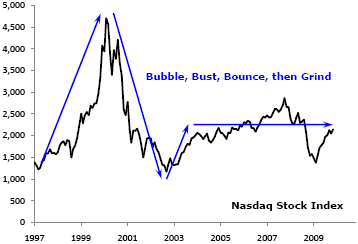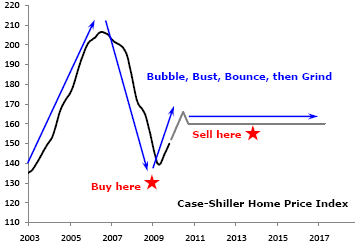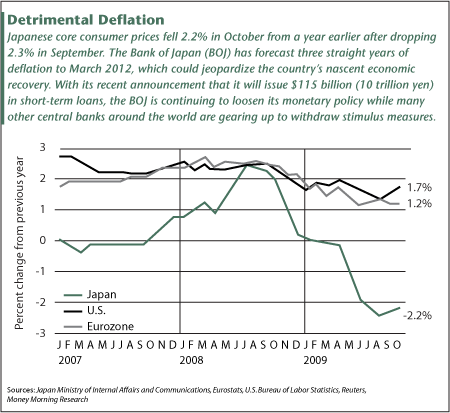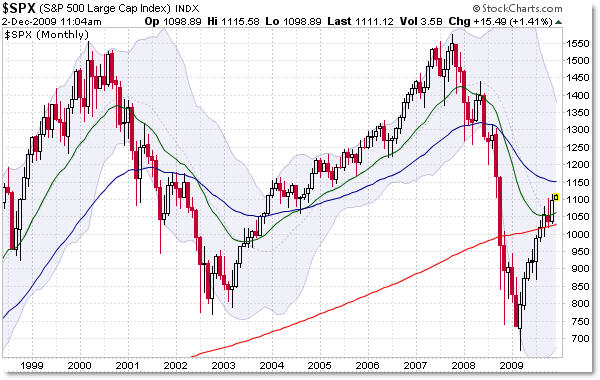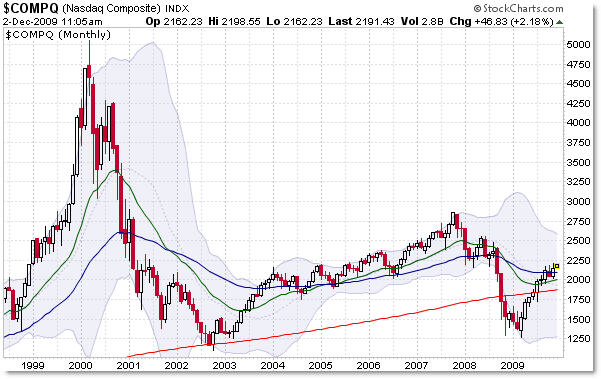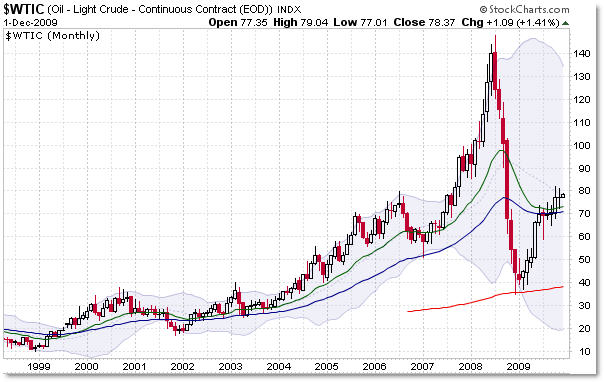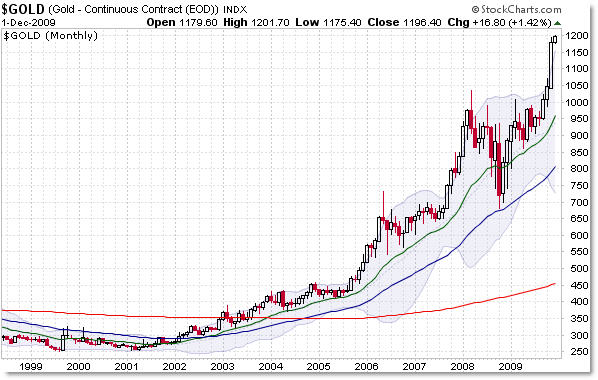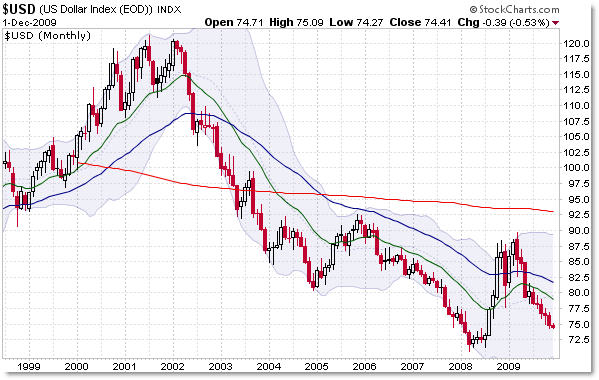The soft-spoken Fed chief, who is widely expected to win Senate backing, argued that the U.S. central bank's aggressive actions to combat the financial crisis had been crucial to thwarting an even more severe economic slump.
"We played a central role in efforts to quell financial turmoil," Bernanke told the Senate Banking Committee. "The outcome could have been markedly worse."
Bernanke faced pointed, sometimes angry, questions from senators, many of whom accused the Fed of regulatory failures that laid the groundwork for last year's financial meltdown.
Still, several expressed support, crediting him with acting decisively to battle the crisis. The chairman looked set to win the committee's approval, which would clear the way for a vote by the full Senate.
The Fed chairman, whose four-year term expires at the end of January, admitted to some lapses by the central bank, but said a hands-on supervisory function was crucial to its ability to safeguard financial stability.
"We need to have the expertise, information and authority associated with a bank supervisor," the former Princeton economics professor told the lawmakers, who are considering stripping the Fed of its power to regulate banks.
The crisis, which erupted on Bernanke's watch, provided fertile ground for tough questioning from both Democrats and Republicans on the committee, which needs to approve the nomination before it can be considered by the Senate as a whole.
The panel's top Republican, Senator Richard Shelby of Alabama, wondered why the Fed spent so little time discussing regulation at its periodic policy meetings.
"Would it be fair to say that before the crisis, in the last couple of years, not a lot of time was spent on regulatory supervision?" asked Shelby.
Despite the aggressive questioning, several senators praised Bernanke's tactics in battling the financial crisis, the worst in generations. He answered the critiques calmly.
Under his tenure, the Fed has slashed benchmark interest rates to near zero and pumped more than $1 trillion into the financial system. Still, the economy has suffered its deepest recession since the Great Depression and the unemployment rate has soared to a 26-1/2-year high of 10.2 percent.
ANGRY AT BAILOUTS
Pressured by angry constituents, lawmakers are upset over taxpayer bailouts of financial companies such as insurer American International Group, and a lax regulatory approach that allowed the troubles to fester.
Senator Bernie Sanders, an independent from Vermont who is not a member of the banking committee, has said he will try to stall Bernanke's nomination, forcing Senate leaders to round up 60 votes before they can actually tackle the nomination itself. In the absence of such a "hold," a simple majority of 51 would be enough to secure Bernanke's reappointment.
Three Republican members of the banking committee, Senators Jim DeMint, David Vitter, and Jim Bunning said they would oppose Bernanke's nomination for a second term.
"Americans want a new Fed chairman who is willing to provide transparency into the Fed's actions, who is willing to accept responsibility for the Fed's mistakes, and who is willing to support true monetary reform that guarantees the soundness of our money," DeMint said in a statement.
Vitter said in a statement he was troubled by Bernanke's support for funneling massive amounts of funds to troubled institutions
"These programs have worsened our economic crisis by making 'too big to fail' a permanent government policy and created further debt that will now be the burden of our children and grandchildren," said Vitter, adding that he opposed the Senate voting on Bernanke until the legislature first debated stricter auditing rules for the Fed.
Bunning of Kentucky, a long-time Fed critic and the only panel member to oppose Bernanke's first appointment four years ago, said he would do everything possible to block or delay the process.
"From monetary policy to regulation, consumer protection, transparency and independence, your time as Fed chairman has been a failure," he said.
Despite voices of discontent, the nomination appears set to overcome any hurdles.
"The fact is you did take the action that was necessary, and it was a very creative and aggressive action," said Senator Judd Gregg, a Republican from New Hampshire.
Committee Chairman Christopher Dodd, who has championed a proposal that would restrict the Fed's reach, said the reappointment would send the "right signal" to financial markets and that efforts to derail the nomination would fail.
"I think the majority of the members will support the chairman," Dodd told reporters.
FED INDEPENDENCE
Dodd's panel has yet to schedule a vote. If the Senate does not confirm Bernanke by January 31, he could continue to serve unless replaced.
Even if the confirmation sails through, Bernanke faces the prospect of running a diminished institution if some of the congressional proposals to curtail the Fed's powers and political independence become law.
Dodd wants to strip the Fed of its regulatory powers and unify the fragmented structure of U.S. bank oversight under one roof.
He would also require presidential appointment and Senate confirmation of regional Federal Reserve bank board chairmen, taking away a prerogative enjoyed by the 12 regional Fed banks, a proposal directly opposed by Bernanke during testimony.
More worrying to Fed officials, legislation in the U.S. House of Representatives that could be voted on as early as next week would submit the Fed's monetary policy decision-making to review by a congressional watchdog agency.
Bernanke, who has warned the measure could spook investors and drive up interest rates, sought on Thursday to erect a roadblock to the measure in the Senate.
"The Fed's credibility depends on the market's perception that we are independent in making monetary policy decisions," he said.


